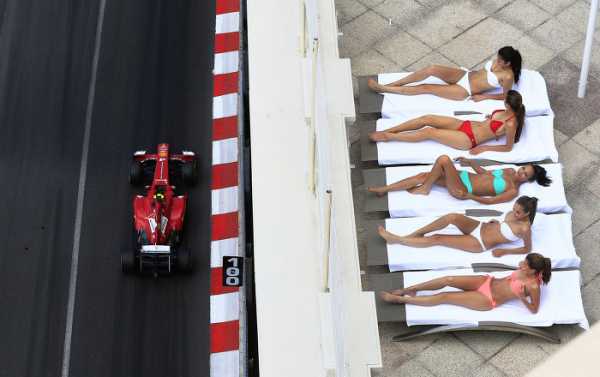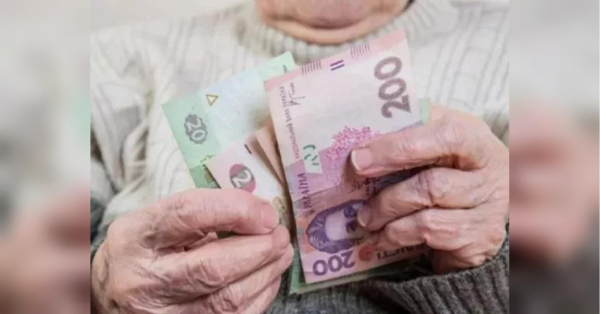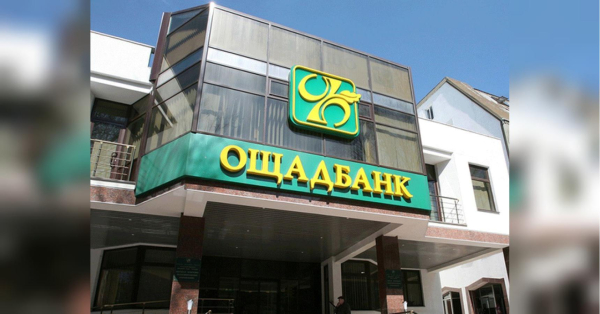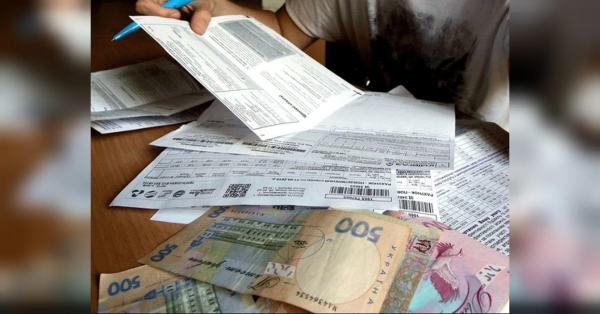
A stunning new report has revealed that the world’s 26 wealthiest people own the same level of resources as that distributed between humanity’s poorest 50 percent.
Released ahead of the annual winter World Economic Forum in Davos, Switzerland — a yearly gathering of some of the planet’s richest and most influential — the frightening new report from UK-based Oxfam (Oxford Committee for Famine Relief), reveals a dire gap between those who have all too much and those who have little to nothing.
Founded in 1942 to, as the name implies, counter global famine, Oxfam has now introduced the idea of a 1 percent flat tax on the world’s richest as a means of providing educational resources for every child not in school.
The new report offered shocking data pointing to the growing gap between the rich and the poor, including the eye-opening detail of a new billionaire was created every two days between 2017-2018.
The legacy development charity noted that the ability to bring desperately needed assistance to the world’s poorest 3.8 billion across the globe is being increasingly hampered by growing resource inequality, according to The Guardian.
A flat tax of 1 percent on the world’s wealthiest would — according to the charity — raise an estimated $418 billion annually, enough to provide education for every child in the world not in school and to make available health care to prevent an estimated 3 million deaths.
In noting that the net worth of humanity’s estimated 2,200 billionaires had risen some 12 percent, or $2.5 billion each day — a staggering $900 billion in 2018 alone — while the poorest half of humanity saw it’s take of resources drop some 11 percent, Oxfam calculated that the number of those controlling half of the planet’s wealth dropped from 43 in 2017 to just 26 hyperrich people in 2018.
Oxfam research also observed that, in the decade following the 2008 global financial crisis brought about by deregulation and lack of governmental oversight, the amount of billionaires has almost doubled.
The world’s wealthiest person, Amazon owner Jeff Bezos, saw his wealth rise in 2018 to an estimated $112 billion, one percent of which is equal to the entire annual health budget of a nation like Ethiopia, with a population of approximately 105 million.
First-world nations are not immune to the global monetary malaise, as the poorest 10 percent of UK residents pay a higher tax rate (49 percent) than the richest 10 percent (34 percent), after taking into account daily consumption taxes including VAT.
“The way our economies are organized means wealth is increasingly and unfairly concentrated among a privileged few while millions of people are barely subsisting,” stated Oxfam Director of Campaigns and Policy Matthew Spencer, cited by The Guardian.
“Women are dying for lack of decent maternity care and children are being denied an education that could be their route out of poverty,” Spencer said.
“No one should be condemned to an earlier grave or a life of illiteracy simply because they were born poor,” he noted, adding, “It doesn’t have to be this way — there is enough wealth in the world to provide everyone with a fair chance in life.”
The new Oxfam study noted that many administrations make inequality worse by not investing in public services including health and education, as well as infrastructure networks such as clean water and free public transportation in urban centers.
The report detailed an estimated 10,000 people each day who die due to poor or nonexistent healthcare, as well as at least 262 million children worldwide without access to schools.
“Governments should act to ensure that taxes raised from wealth and businesses paying their fair share are used to fund free, good-quality public services that can save and transform people’s lives,” Oxfam’s Spencer noted.
By countering widespread — and in many cases legal — tax dodging and unfair fiscal practices by corporations and the world’s richest, Oxfam offered realworld fiscal solutions to governments in the form of funding ‘high-quality, universal public services’ as a means of improving the quality of life for billions around the globe.
In calculating the gulf between rich and poor, Oxfam used resource data from Credit Suisse and a list of billionaires published annually by Forbes magazine.
Sourse: sputniknews.com






